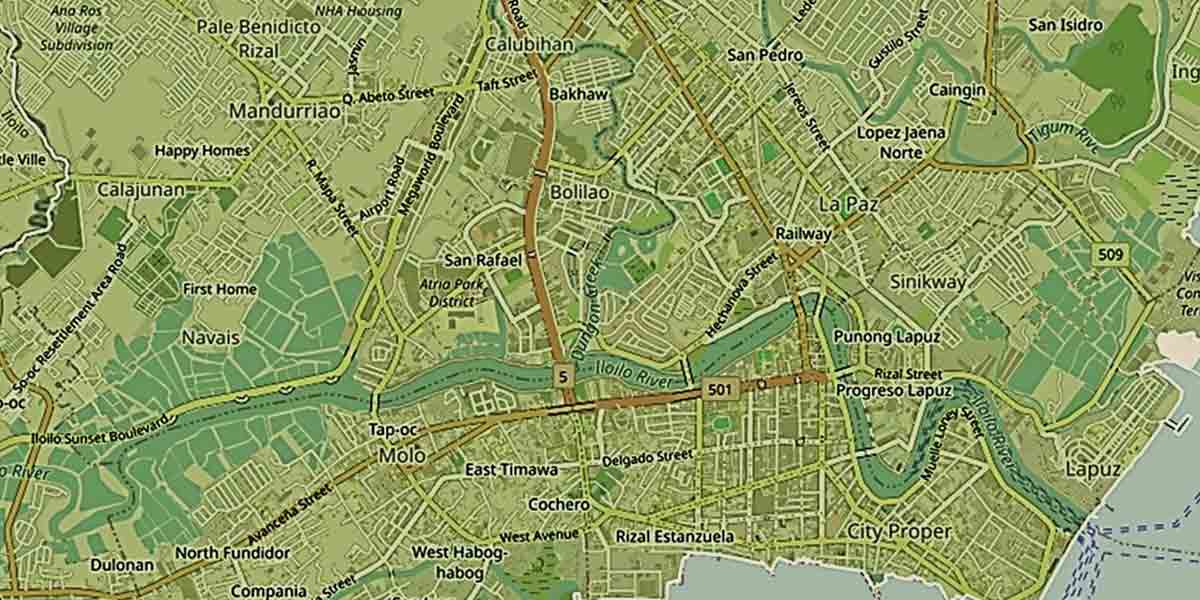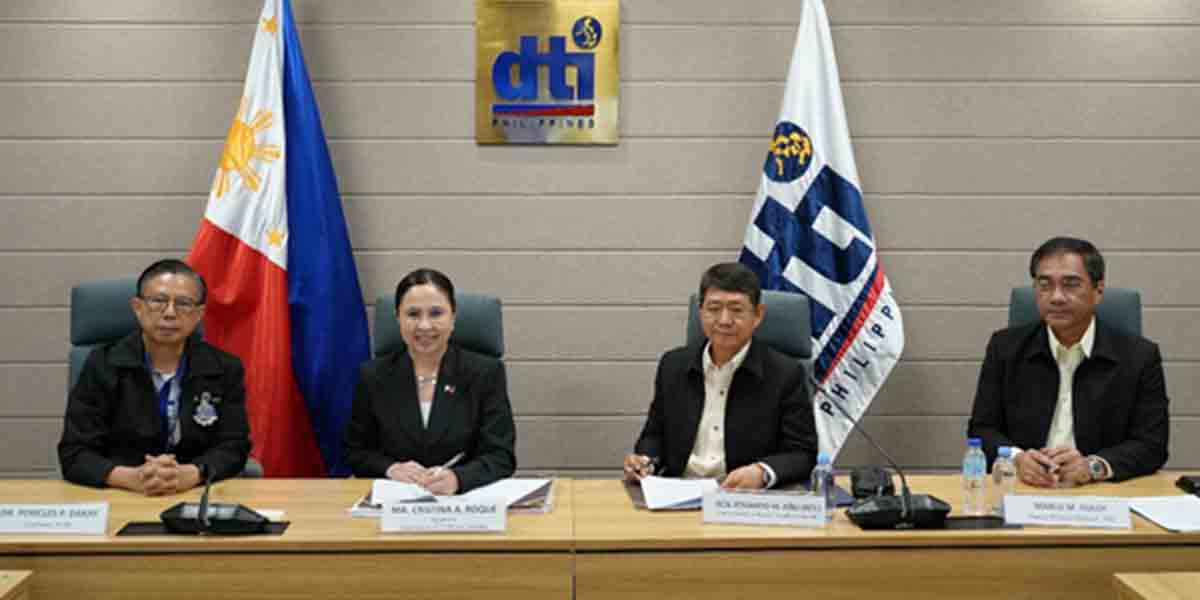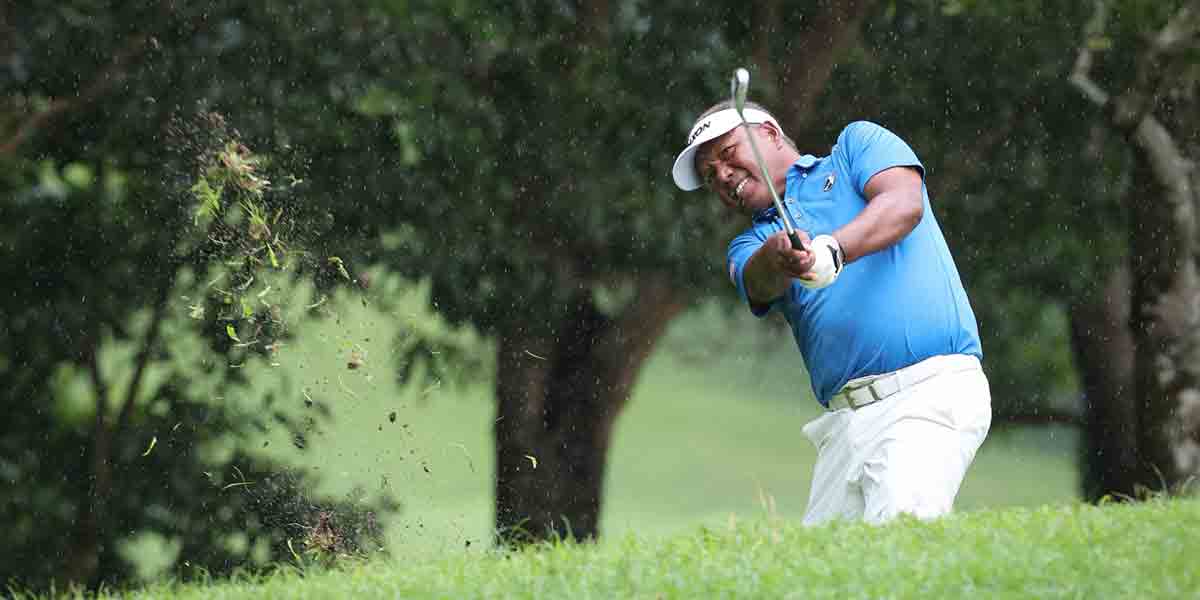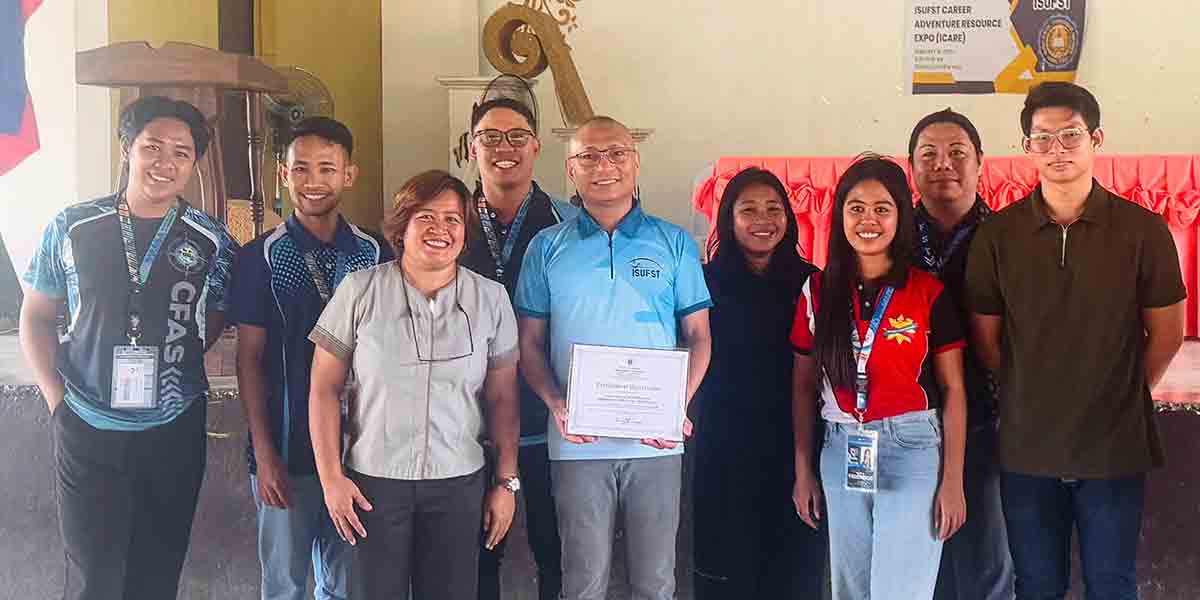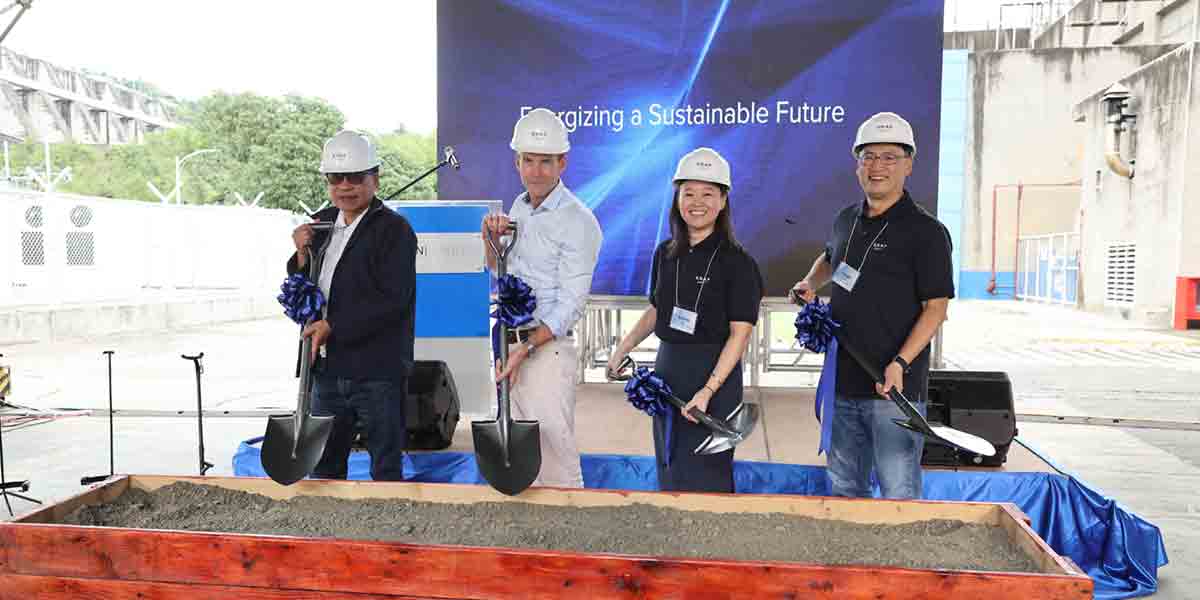
By Rex Delsar Dianala
PONTEVEDRA, Capiz – High mortalities experienced by crab farmers here have been linked to the high turbidity of Panay River and poor quality of trash fish which is fed to the crabs.
An investigation was launched last March by the Southeast Asian Fisheries Development Center (SEAFDEC) in Tigbauan, Iloilo after a farmer in the town reported finding dead crabs since last year with a mortality rate reaching as much as 40 percent.
The farmer said similar observations were noted in nearby farms and even in other municipalities. Mortalities were observed regardless of life stage with dead crabs being described as lightweight and with thin muscles.
When the SEAFDEC diagnostic team dissected the crabs, their gills were found to be black or brown, instead of pale in color, which is characteristic of crabs exposed to poor environmental conditions such as high organic load or heavy siltation.

Fouling organisms or particles clog the gills of the crab and impair water movement which may lead to respiratory stress or suffocation. During the site visit in March 12, the SEAFDEC team noted that Panay River, which supplies water to the ponds, was remarkably turbid.
According to clinical laboratory results that were recently released by SEAFDEC, sampled crabs that were apparently weak were found to harbor high amounts of bacteria, compared to those that appeared healthy. The prevalence of bacteria was linked to low quality trash fish given as feed which reportedly reeked of foul odor in some instances.
Molecular diagnosis through polymerase chain reaction showed that crabs were negative of seven common pathogens that affect crustaceans.

Preventable
Dr. Leobert de la Peña, SEAFDEC scientist, said that the said problems encountered by the crab farmers were preventable if good aquaculture practices (GAqP) are followed.
The farmers may provide a reservoir or settlement pond where sediments in river water may be allowed to settle first before the water is channeled to culture ponds.
Sourcing of good quality trash fish at reasonable cost is likewise recommended, or even the growing of tilapia within the farm which can be used as fresh feed for crabs.
According to Dr. de la Peña, the Aquaculture Department of SEAFDEC is looking forward to coordinating with the Bureau of Fisheries and Aquatic Resources (BFAR) VI and private sectors to ensure the sustainable development of aquaculture in Capiz Province so that they can sustain the distinction as the “Seafood Capital of the Philippines”.


